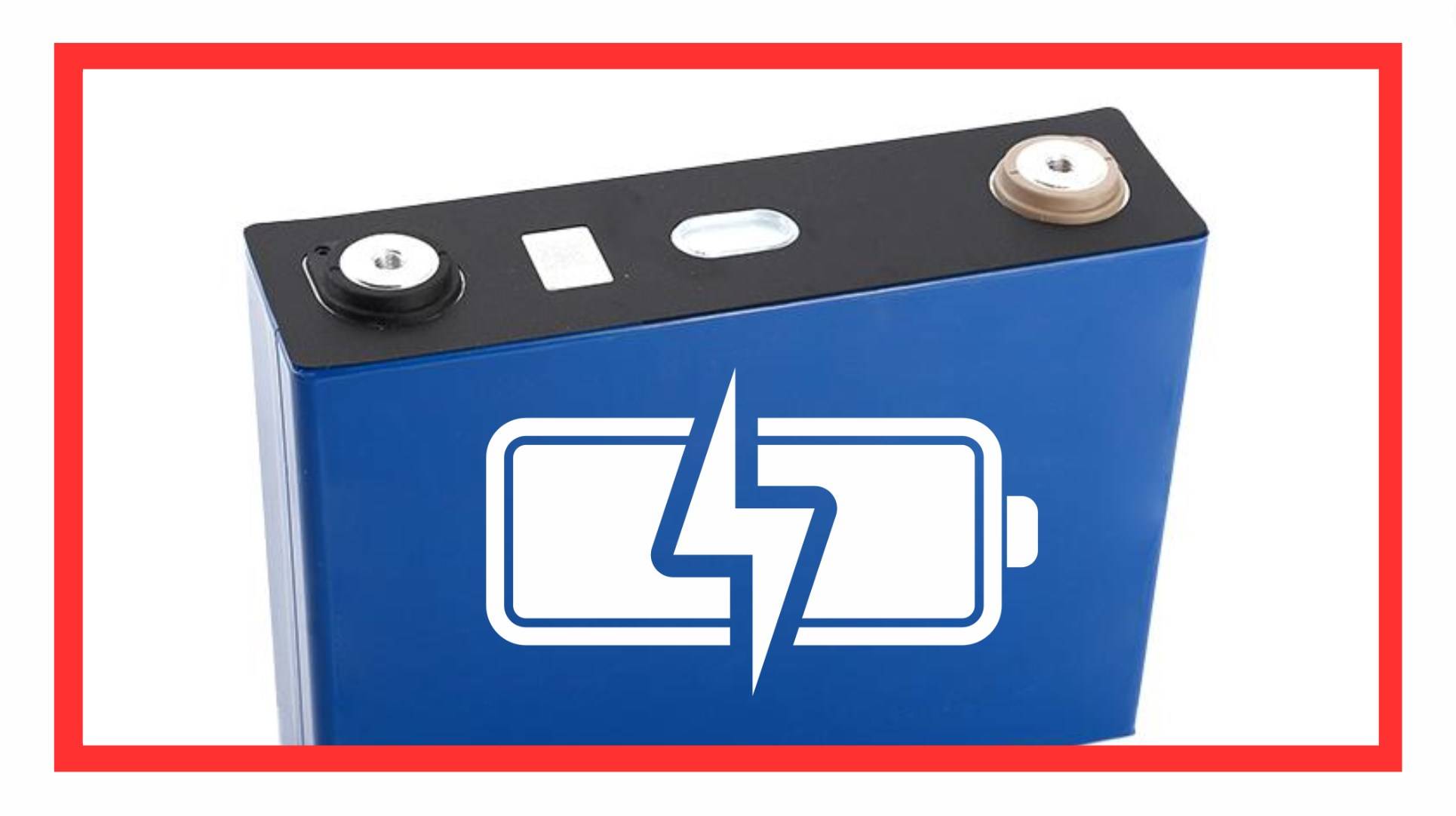Overcharging and over-discharging lithium-ion batteries pose significant risks, including fire hazards and reduced battery lifespan. Understanding these dangers and implementing safety measures can help users maintain their devices safely. This guide explores the risks, preventive measures, and best practices for handling lithium-ion batteries effectively.
What are the risks of overcharging lithium-ion batteries?
Overcharging occurs when a lithium-ion battery is charged beyond its maximum voltage limit, typically 4.2 volts. This can lead to several dangerous outcomes:
- Thermal Runaway: Excessive heat generation can trigger a chain reaction, leading to fire or explosion.
- Gas Generation: Overcharging causes electrolyte decomposition, producing gas that increases internal pressure.
- Structural Damage: The separator may melt, causing short circuits between electrodes.
| Risk | Description |
|---|---|
| Thermal Runaway | Can lead to fire or explosion |
| Gas Generation | Increases internal pressure |
| Structural Damage | Causes short circuits |
How does over-discharging affect battery performance?
Over-discharging occurs when a battery’s voltage drops below its safe operating limit, typically around 3.0 volts for many lithium-ion cells. This condition can result in:
- Capacity Loss: Repeated over-discharging diminishes the battery’s ability to hold a charge.
- Increased Internal Resistance: Leads to reduced efficiency and higher heat generation during use.
- Permanent Damage: Severe cases can cause irreversible damage to the battery’s chemistry.
| Effect | Description |
|---|---|
| Capacity Loss | Reduces overall energy storage capability |
| Increased Resistance | Lowers efficiency and increases heat |
| Permanent Damage | Causes irreversible chemical changes |
What are the signs of a failing lithium-ion battery?
Signs that a lithium-ion battery may be failing include:
- Swelling: Physical deformation of the battery casing indicates internal pressure build-up.
- Reduced Runtime: A noticeable decrease in how long devices run on a single charge.
- Overheating: Excessive heat during charging or discharging processes.
How can users prevent overcharging and over-discharging?
To mitigate risks associated with lithium-ion batteries, users should:
- Use Compatible Chargers: Always use chargers designed for specific devices to avoid voltage mismatches.
- Monitor Charging Cycles: Avoid leaving devices plugged in overnight or unattended during charging.
- Implement BMS: Utilize a Battery Management System that automatically cuts off power when limits are reached.
What are the best practices for charging lithium-ion batteries?
Best practices include:
- Charge to 80%: Regularly charging to about 80% instead of 100% can prolong battery life.
- Avoid Extreme Temperatures: Charge in environments with moderate temperatures to prevent overheating.
- Regular Maintenance: Periodically check for signs of wear or damage on both the battery and charger.
| Best Practice | Description |
|---|---|
| Charge to 80% | Prolongs overall lifespan |
| Avoid Extreme Temperatures | Reduces risk of thermal runaway |
| Regular Maintenance | Ensures safe operation |
Why is a Battery Management System (BMS) important?
A Battery Management System (BMS) plays a crucial role by:
- Monitoring Voltage Levels: Ensures cells remain within safe voltage limits during charging and discharging.
- Balancing Cells: Distributes energy evenly across all cells in multi-cell packs, preventing individual cell damage.
- Providing Safety Features: Includes protections against short circuits, overheating, and other hazardous conditions.
What happens during overcharging and over-discharging?
During overcharging, excess voltage leads to increased temperature and gas production within the cell, potentially causing thermal runaway. Conversely, during over-discharging, internal chemical reactions become irreversible, leading to capacity loss and increased resistance.
How do dendrites form in lithium-ion batteries?
Dendrites are needle-like structures that can form on the anode surface when a battery is charged too quickly or excessively. These dendrites can penetrate the separator between electrodes, leading to short circuits and potential failure of the battery.
| Formation Process | Description |
|---|---|
| Rapid Charging | Increases risk of dendrite growth |
| Overvoltage | Promotes formation on anode surface |
Buy Wholesale Battery Tips
For those considering wholesale purchases of batteries or related products, partnering with a reliable manufacturer like Redway Battery, known for its extensive experience in lithium battery production, is crucial. To make OEM orders effectively:
- Define your specifications clearly.
- Communicate regularly with the manufacturer throughout the process.
- Ensure compliance with safety standards.
Industrial News
Recent reports highlight increasing concerns about safety related to lithium-ion batteries due to incidents involving fires and explosions from improper handling or charging practices. Regulatory bodies are emphasizing education on safe usage to mitigate these risks.
Redway Expert Views
“Understanding the risks associated with lithium-ion batteries is essential for both consumers and manufacturers alike; proactive measures can significantly reduce incidents,” states an expert from Redway Battery.
FAQ Section
- What should I do if my lithium-ion battery swells?
Immediately stop using it and safely dispose of it according to local regulations. - Can I leave my device plugged in overnight?
It’s best to avoid leaving devices plugged in overnight to prevent potential overcharging. - How can I tell if my battery is damaged?
Look for signs such as swelling, overheating during use, or significantly reduced runtime.



